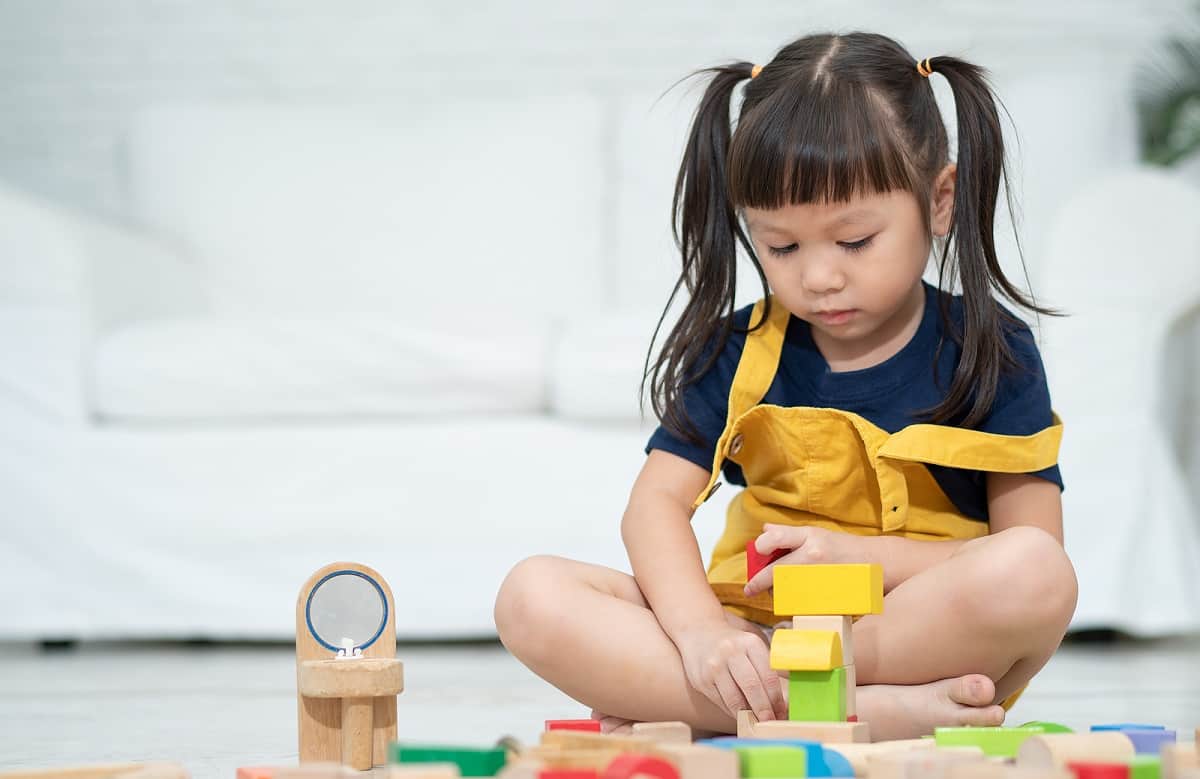Noise is everywhere. Even in our favorite restaurants and bars, there can be a lot of noise. On the way to work or when we walk by the construction site on the corner, we hear a noise.
If you’re a parent, you might be wondering how loud it is too loud for kids. Noise surrounds our children in ways not seen before. Their schools can be very loud, and many of our kids play in bands or on sports teams where the noise level is high.
Hearing loss caused by noise
It’s essential to understand the levels of noise around your child, as this could lead to noise-induced hearing loss if your child is not careful. Experts say that hearing loss can be caused by any sound that is louder than 85 decibels (dB). This is about how noisy, heavy traffic is, how loud an air conditioner in a window is, or how loud a restaurant is when it’s complete. Sounds 85 dB or louder will hurt your ears and cause you to lose hearing.
When sounds are louder, they cause hearing loss to happen even faster. For example, you can lose your hearing quickly from sounds that are around 100 dB. You will hear sounds of about 100 dB when you drive an ATV, use a chainsaw, or go to a school dance. Going to a rock concert or seeing fireworks, which are both very loud, can hurt your hearing in just a few minutes. The faster your ears will get damaged, the louder the sound.
Children are more sensitive to noise than adults are, so you need to take extra steps to protect their hearing.
Teach your children how to listen safely.
Do your kids always have earbuds or headphones in and listen to music? One of the main reasons why kids lose their hearing is because they listen in unsafe ways. When your kids listen to music with earbuds and turn the volume up all the way, the sound can be louder than 100 dB! Kids spend hours every day listening to music, which is terrible for their hearing.
Teach your kids about how hearing loss can happen and how important it is to listen safely. It would help if you showed your kids how to listen safely or use parental controls to keep the volume safe. A good rule of thumb is to turn the volume up at most 60% and to stop listening for 60 minutes every hour.
If your kids keep the volume at 60%, it will be under 85 dB, which means they can listen for a few hours every day without hurting themselves. At 80%, the volume is about 90 dB, which is loud enough to break their hearing in less than an hour. When they listen at 100%, the book often goes over 100 dB. They can hurt their hearing in as little as 10 minutes at this level.
Teach your kids that it’s not a good idea to use their music to drown out other sounds. Turning up the volume to drown out different sounds can blast loud music into their ears, damaging their hearing. You could instead give them headphones that cancel out background noise or tell them to stop listening when they are in a noisy place.
Hearing protection for your children
Noise-induced hearing loss can happen after just one time being around deafening noise. Talk to your kids about how hearing loss can occur and show them how to protect their ears. Foam earplugs are easy to put in and take out and are light enough to put in your child’s backpack. Teach your kids how to put foam earplugs incorrectly and ensure they know when to use them.
If your child has a smartphone, they can even get an app that lets them measure the decibels in their environment. They can find out how loud their environment is by measuring the sounds on their way to school, in the hallways, or in their music class.


